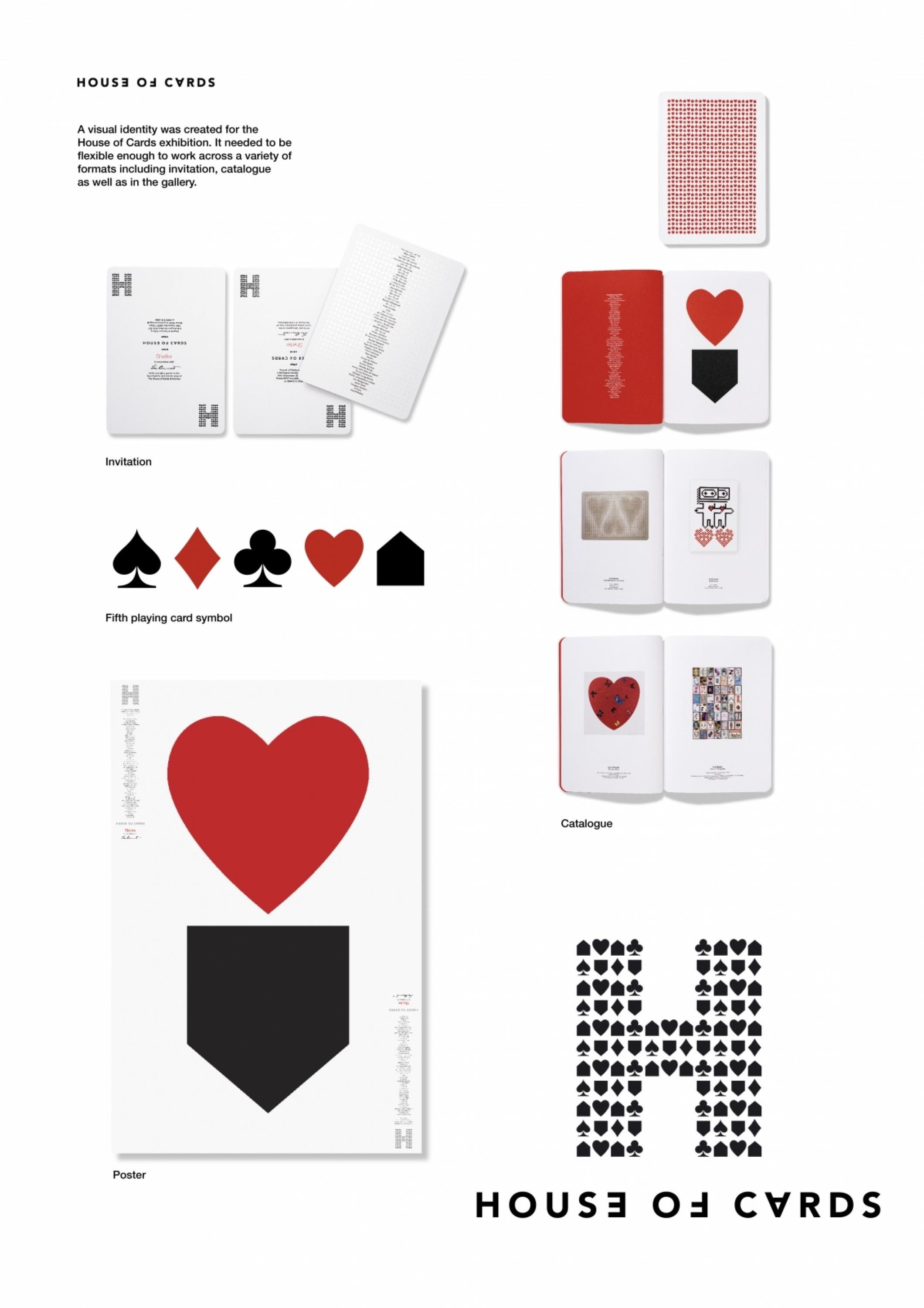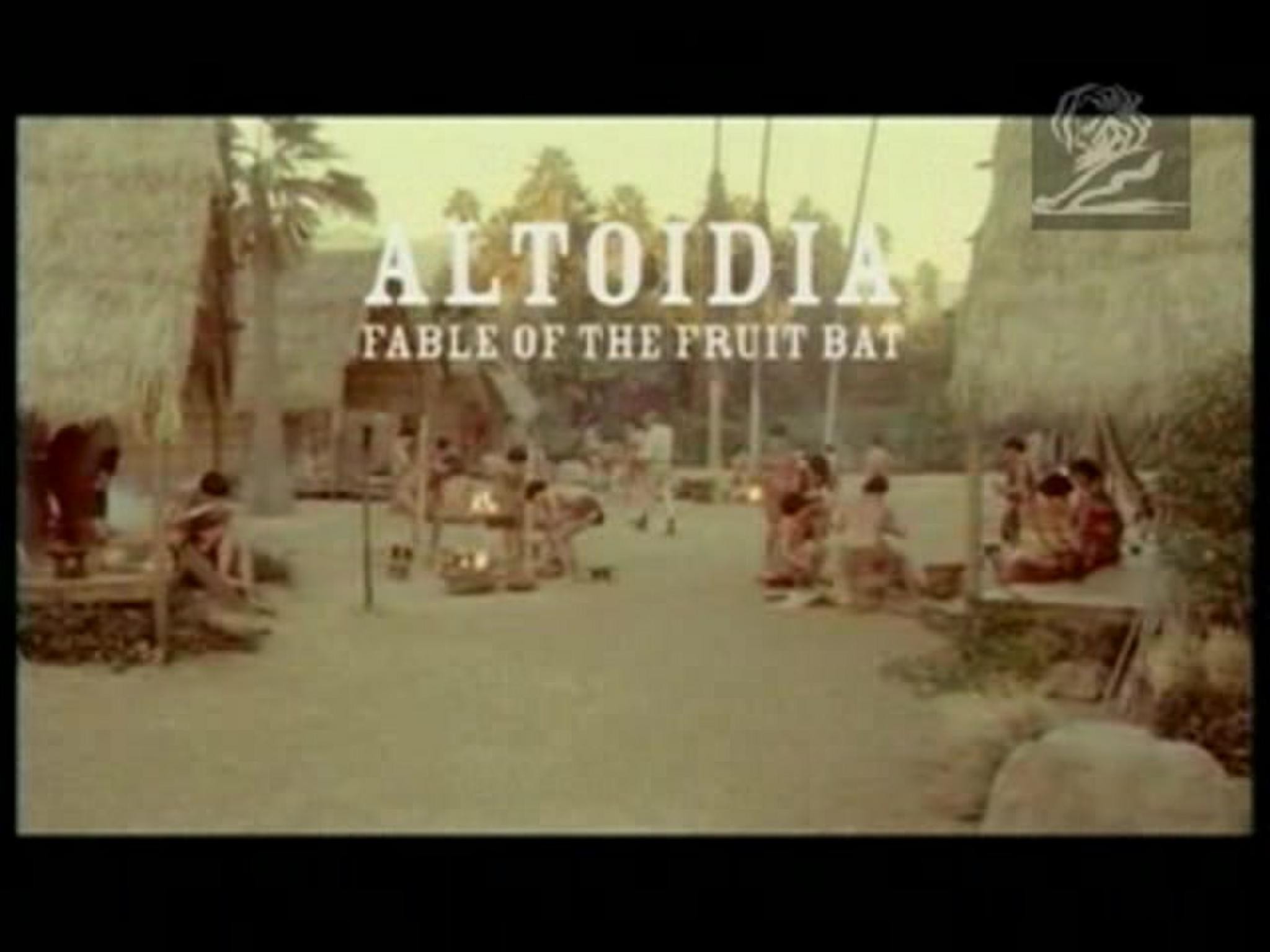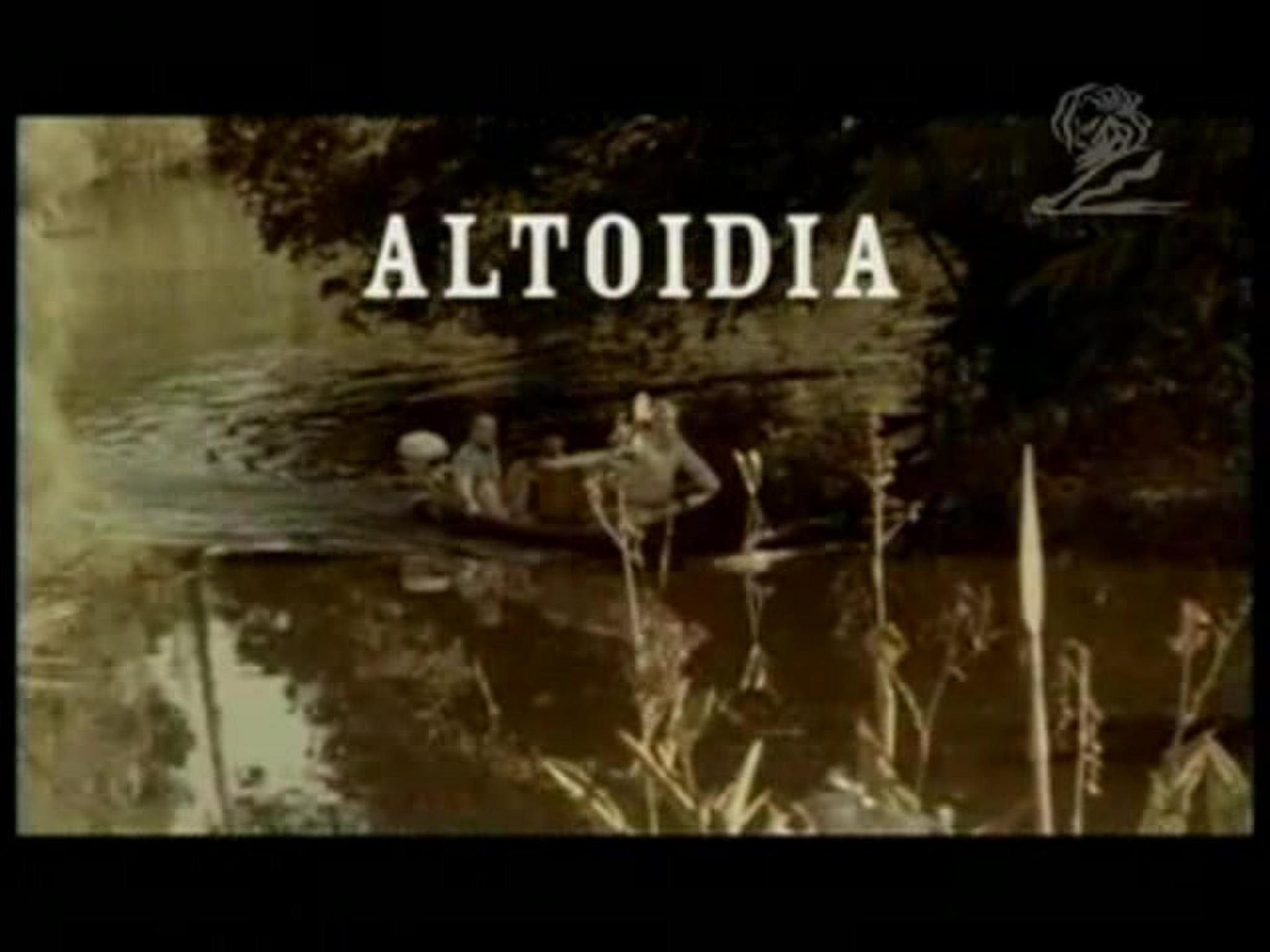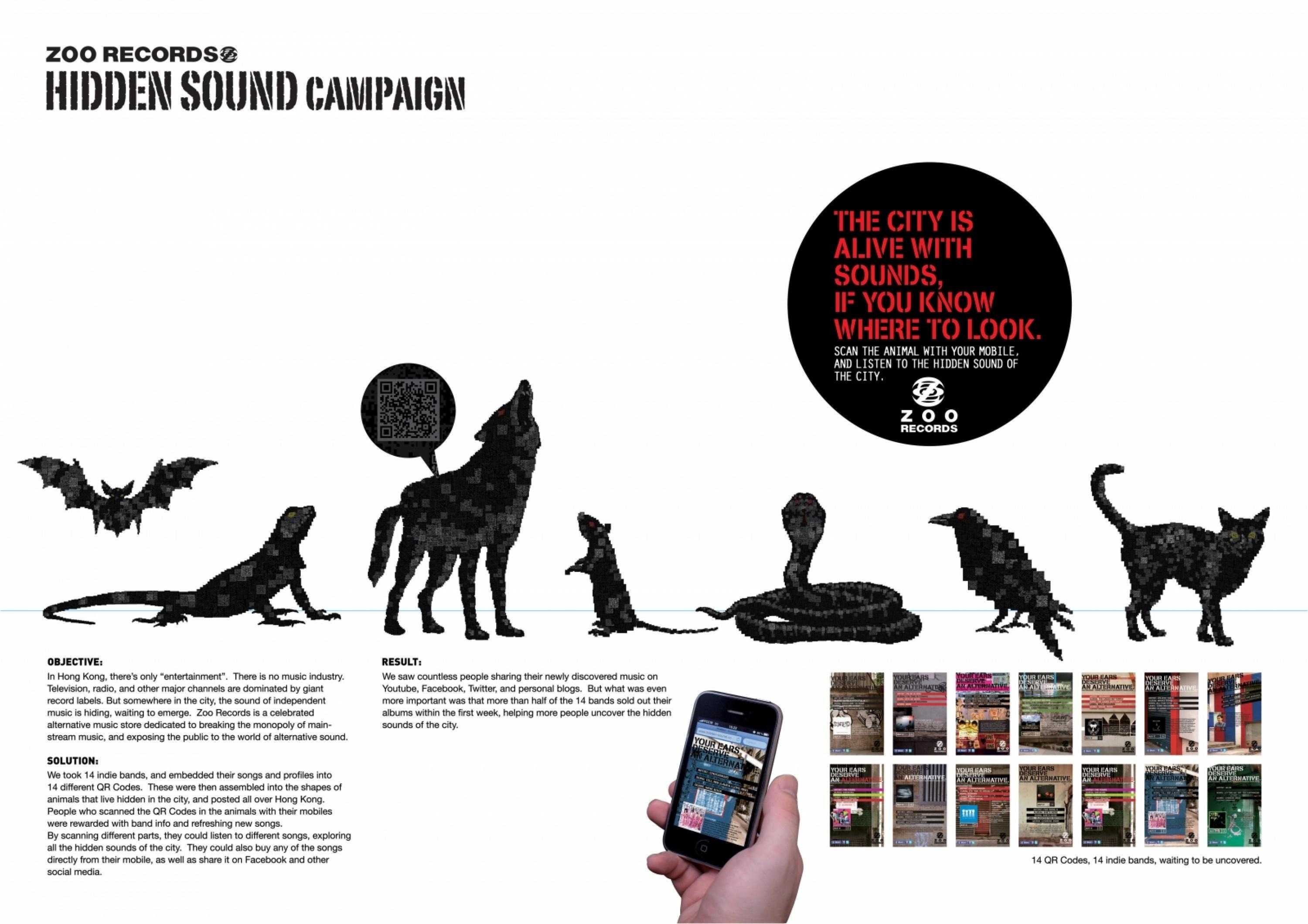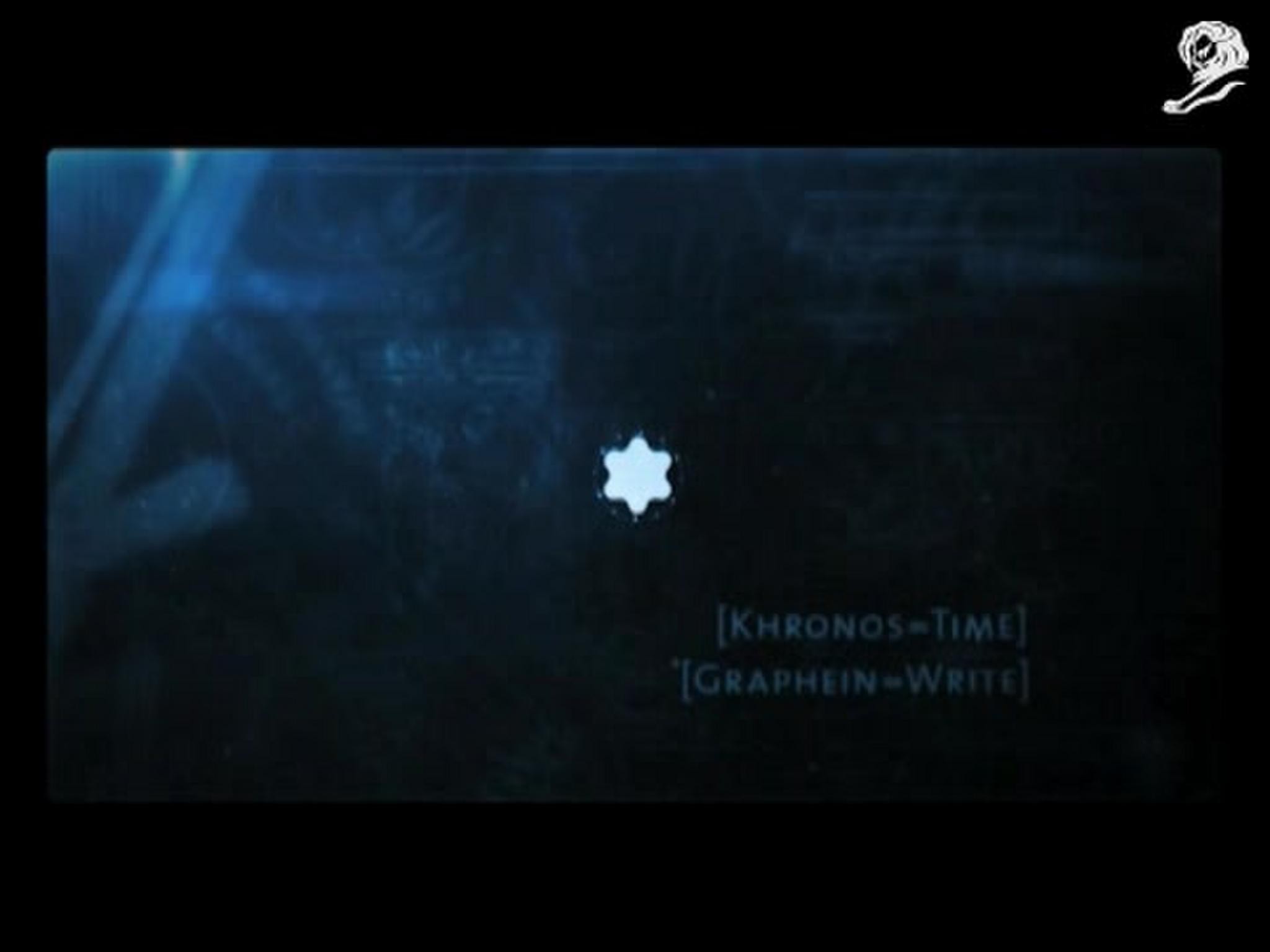Sustainable Development Goals > Planet
THE BIOCHAR PROJECT BY LAY'S
LEO BURNETT, Mumbai / LAY'S / 2023
Awards:


Overview
Credits
Overview
Background
To ensure the food security of +1.4Bn Indians, farmers in India practice multiple cropping cycles and need to clear their fields of crop-residue ‘stubble’ before the next crop plantation. The quickest and most effective way is to simply burn it on the field, leading to +27Mn tonnes of stubble being burnt annually in north Indian states of Punjab and Haryana alone.
While the auspicious nature of lighting fire makes this a culturally acceptable practice in India, stubble-burning emits +160Mn tonnes of greenhouse gasses; choking entire north-India with pollution.
Farmers get blamed despite their helplessness.
After stubble burning, the next crop they sow are potatoes. So as the largest partners with 27000 farmers, it became our role to assist the farmer and ensure that our sourcing and supply are done sustainably, and not at the cost of the soil, climate or people, who are associated with making it happen.
Describe the cultural / social / political climate and the significance of the work within this context
To feed India's rising population, Indian farmers need to plant multiple crop cycles in one year- with the Indian state of Punjab headlining food production. But the time within which the farmers need to clear their field and prepare the land for the next crop is only of a few days.
To clear stubble in the stipulated time, farmer burn it. This not only creates pollution of alarming levels but also takes away the soil fertility by damaging its nutrients and drastically reduces the yield of future harvests. In response, farmers continually apply increasing amounts of fertiliser, which unknowingly adds toxins in the soil. The vast amounts of synthetic fertilisers and pesticides added, also seep into groundwater and run off into canals, damaging water quality.
Each stubble burning cycle aggravates these consequences, threatening not just the the food security of Indians but also the quality of food produced.
Describe the creative idea
Lighting fire is auspicious in Indian culture, so we couldn’t stop stubble burning. But we could burn it the right away.
We found inspiration in the Indian Tandoor and partnered with Punjab Agricultural University to build a new design of earthen kiln for controlled burning of stubble. It is closed from the top and has holes on the sides. Because of the heat, air expands and exits through the small holes with high pressure, which significantly reduces the amount of oxygen coming in.
Reduced oxygen leads to incomplete combustion of stubble which creates Biochar instead of ash. Biochar is a charred, carbon-rich soil amendment which not only remediates stubble burning but also redresses its impact.
The Biochar Project is not only a sustainable answer for stubble burning, but is also an exceptionally viable soil conditioner directly influencing soil-carbon, soil quality, crop production and food security, promoting economic and climatic benefits.
Describe the strategy
Every year stubble-pollution impacts the health of millions. The blame is put on helpless marginal farmers who don’t have access to cost-effective solutions which clear stubble in time before the next crop.
Added to this, people consider stubble burning as just another agricultural practice- Not realizing that it is a ritual instead as lighting fire is auspicious in India and marks the sacred beginning of the next crop. To protect the people, environment and crop, we needed a system that clears stubble effectively without disrupting farmer’s faith and rituals.
We couldn’t stop the burning, but we could burn stubble the right way.
We found a solution in culture itself- the Indian Tandoor- a large urn-shaped oven used to make rotis by burning them in a controlled environment.
So instead of open burning, we proposed burning of stubble in a closed container to control the amount of smoke going out.
Describe the execution
The earthen design of Biochar chambers can be made by farmers themselves from locally available materials. Farmers in India have traditionally made closed tents of mud and straw, so making biochar chambers came easy to them. This ensures its cost-effectiveness and scalability across Indian farms.
For the pilot, we took biochar straight to the epicenter of stubble burning- the Indian state of Punjab which contributes +95% to stubble burning. We installed the chambers around communities to take in large amounts of stubble in one sitting, ensuring all farmers clear fields in time and don’t miss the next plantation.
Through our agronomists, we are educating not only our farmers in Punjab, but also their communities of young and old alike about Biochar and its positive impact on yield, soil, income and environment- ensuring both old farmers and the coming generation adopts sustainable farming practices without disrupting their faith in lighting fire.
Describe the results / impact
Within one year of implementation, The Biochar Project has transformed the decades old ritual of stubble burning. Not only has it mitigated pollution but has also enhanced soil conditioning leading to reduced fertilizer cost and increase in farm yield.
1. Reducing greenhouse gas emission due to open air burning has cut down pollution generated by 50%
2. Improving food security and farmers’ financial stability, crop yield increased by 19%
3. Ensuring responsible production, carbon-rich biochar reduces fertilizer cost to farmer by 33%
Recognised by the Indian Ministry of Agriculture for its ground-breaking impact, Biochar is an integral part of our pledge to achieve net-zero emissions by 2040, one decade earlier than called for in the Paris Agreement.
Is there any cultural context that would help the jury understand how this work was perceived by people in the country where it ran?
Everything auspicious in India, has to either begin with or have the presence of fire, as a sign of purity. In the form of a 'diya' (lamp), or a 'havan' (open hearth) at weddings and other events that bring in peace at home and to the family.
Our agrarian and seasonal calendars are traditionally intertwined, which are still today reflects in the customs and methods adopted by Indian farmers.
More Entries from Responsible Consumption and Production in Sustainable Development Goals
24 items
More Entries from LEO BURNETT
24 items










